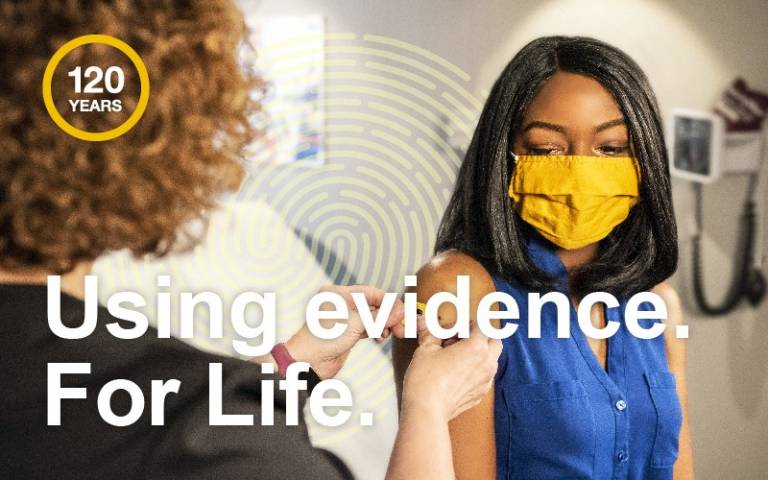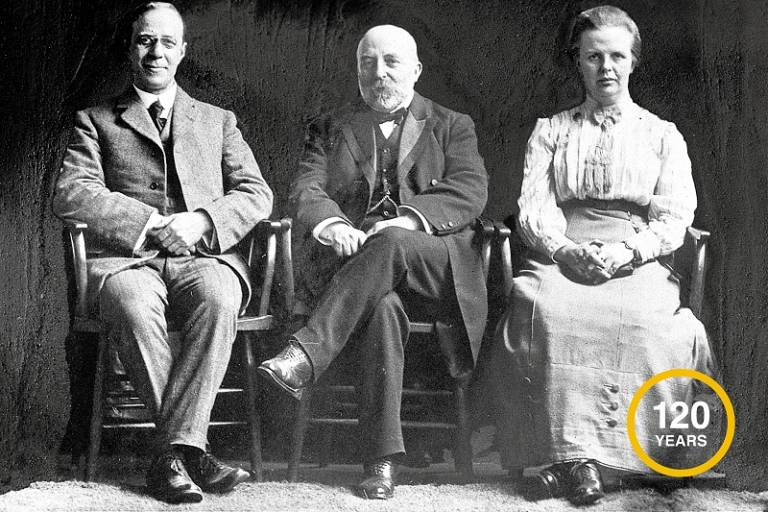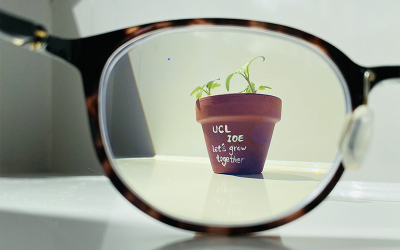Mapping the latest health evidence to inform government policy.

Access to the latest research and evidence are essential for governments when making and implementing policies that will influence the lives of citizens and public sector organisations. This has never been more evident to nations’ consciousnesses as it is currently, with the world continuing to battle with the COVID-19 pandemic. IOE researchers have played a crucial role in the world’s response to coronavirus by creating a computer program that brings all evidence on COVID-19 into one place.
Academics from IOE’s Evidence for Policy and Practice Information and Co-ordinating Centre (EPPI-Centre) in collaboration with Centre for Reviews and Dissemination (University of York) and London School of Hygiene and Tropical Medicine were already mapping and reviewing evidence for the Department of Health and Social Care. As COVID-19 emerged, the researchers suggested turning their attention to the new virus and received the ‘go-ahead’ from the chief medical officers. Since then, the map has been a valuable resource for policymakers as they quickly search for and review evidence to respond to COVID-19 and its impact on society.
The map champions the importance of evidence-informed policy and practice and of looking at all types of evidence across a range of areas. It brings together evidence on transmission and risk, health impacts, social and economic impacts, and vaccines, among others. The value of bringing these topics together is highlighted by the case of mask wearing in society. Mask wearing has become a valuable measure to combat the spread of the virus in the pandemic, but has also become a social and political symbol. And understanding this helps direct policy and public health campaigns.
In many ways, the map embodies the work of IOE, combining a broad range of disciplines and bringing excellent, evidence-informed research to the fore. It embraces cross-pollination, spanning many disciplines to assist governments and policy makers navigate a radically changing world to help save and improve lives.
Work has now been carried out by the EPPI-Centre to automate some parts of the evidence map using machine learning technologies, meaning that it can continue to contain up-to-date evidence of the latest research on COVID-19 and its related areas while requiring fewer resources to maintain. The map continues to be a valuable asset to the UK government as attention now turns to mapping evidence on Long COVID to better understand how this currently affects and will continue to affect the UK population.
"Where there is a gap in research knowledge, misinformation will quickly fill it.” - Professor James Thomas
It is not just its impact on informing policy to improve people’s lives and that makes the map so valuable. It is a shining example of the importance of having comprehensive live evidence available so it can quickly be accessed. Given the rise of online misinformation, the use of automation now employed in the map to improve efficiency and support decision makers has never been more important.
The map has proved to be a significant tool in the UK’s work to tackle the pandemic, but it also reminds us of the importance of so much that we at IOE undertake in our work: striving for excellence, expanding knowledge and working together in order to shape the lives of people in society.
Image: Luke Jones via Unsplash
 Close
Close



